There are three types of sandeels found in Icelandic waters Ammodytes tobianus (Lesser Sandeel; Sandsíli), Ammodytes marinus (Lesser Sandeel; Marsíli) and Hyperoplus lanceolatus (Greater Sandeel; Trönusíli).
Sandeels are an ecologically important fish, feeding seabirds, marine mammals and larger fish species. The two species of lesser sandeels can get to 20cm in length whereas the greater sandeels are much larger at 35cm. They are usually found in shallow waters 60m and below with sandy ocean floors.
There is no commercial fishery for these species. Small catches were conducted in the past but these were stopped due to the amount of larvae from other fish species that were caught with it.
Seabirds like Puffins, Guillemots and Razorbills, to mention a few, have had difficulty breeding since 2005 due to the lack of sandeels especially, in the South of Iceland. Research conducted in Icelandic waters has shown that the 2005-2006 sandeel recruitment stock did not appear. The reasons for the decline is still relatively unknown however many theories have to suggested such as; climate change, the use of bottom trawls or dragnets, increased predation on eggs, larvae and adults from larger fish, especially when there is a lack of other prey, like capelin. Also, Mackerel (a main predator of sandeels) is becoming increasingly abundant in these waters.
Ammodytes tobianus/ Ammodytes marinus
Lille Tobis, Tobis småsil, Kusttobis, Pikkutuulenkala, Kleiner sandaal, Zandspiering, Équille, Aguacioso, Anguilla della sabbia
Hyperoplus lanceolatus
Tobiskonge, Blåsil/ Storsil, Tobiskung, Isotuulenkala, Grosser Sandaal, Lançon Commun, Lanzon, Cicerello, Dobijak




